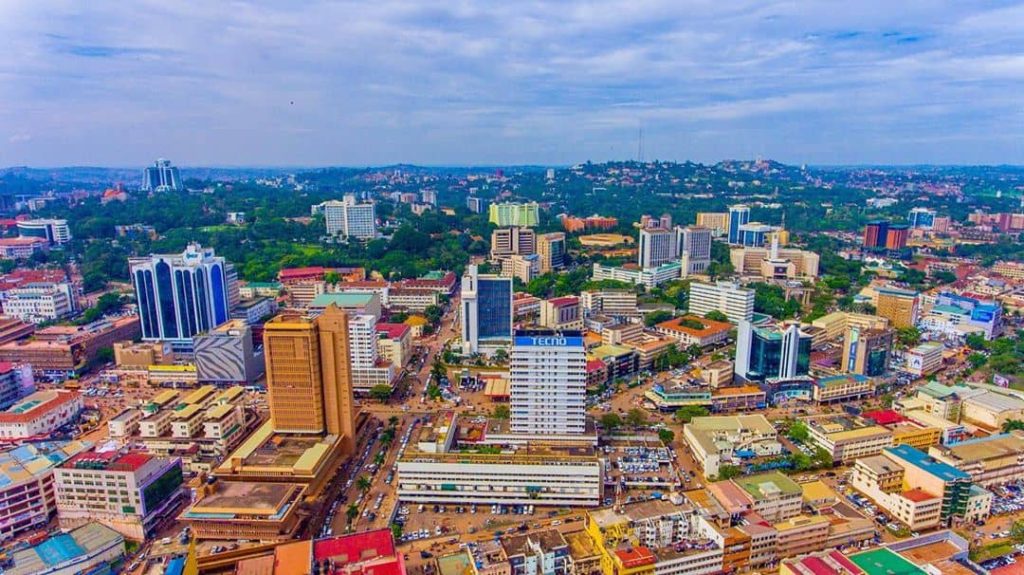If you’re keeping an eye on Emerging Real Estate Opportunities in Growing Cities, 2025 may be one of the most promising years yet. While traditional property hotspots like New York, Los Angeles, and San Francisco still draw attention, affordability pressures and changing migration patterns have shifted investor focus toward secondary and mid-sized metro areas. These growing cities are proving to be fertile ground for both residential and commercial opportunities, driven by new economic activity, infrastructure investment, and demographic shifts.
This article takes a closer look at why smaller markets are outperforming expectations, which cities are rising fastest, and how investors can position themselves to benefit.

Why Secondary Cities Are Rising in Importance
Affordability Meets Strong Demand
One of the most significant forces fueling demand in mid-sized cities is housing affordability. While the median U.S. home price hovers near 420,000, dollars many secondary metros remain well below that figure. Buffalo, NY, for instance, has a median home price of about 239,000, dollars while Indianapolis stands near 234,000 dollars. This lower entry point attracts not only first-time buyers but also investors who can scale portfolios more easily in lower-cost markets.
At the same time, demand is not lacking. Properties in these cities are selling faster than the national average—Buffalo homes sell in just 12 days, Indianapolis in 16, and Richmond in 14. Quick turnover signals a healthy balance between demand and supply, creating fertile ground for both long-term appreciation and short-term rental strategies.
Shifting Migration Patterns
The pandemic permanently reshaped migration in the U.S. Many workers, freed from the need to live near major job centers, moved to cities with more space and lower costs. This trend has continued, though it has evolved. Instead of moving to rural or suburban areas, people are increasingly gravitating toward emerging metros with strong cultural amenities, growing job markets, and relative affordability.
For example, Providence, RI is drawing residents from Boston, where home prices are increasingly out of reach. Kansas City is experiencing an influx due to job growth in manufacturing and technology, particularly after Panasonic’s major EV battery plant announcement. These patterns illustrate how regional spillover can reshape markets.
Economic Anchors Driving Growth
Secondary metros are not just about cheaper housing—they are rapidly becoming economic powerhouses in their own right. Richmond, VA has emerged as a new data center hub, benefiting from spillover demand beyond Northern Virginia. Indianapolis and Kansas City are seeing robust investment in healthcare and logistics, while Hartford has built momentum in insurance and finance.
These economic anchors create durable housing demand. Wherever jobs cluster, housing markets follow.
Top Emerging Real Estate Opportunities in Growing Cities
Here are six standout metros where Emerging Real Estate Opportunities in Growing Cities are particularly strong in 2025:
| City | Median Home Value | Days on Market | Notable Drivers |
|---|---|---|---|
| Buffalo, NY | ~238,700 dollars | 12 | Healthcare, higher education, and revitalized waterfront development |
| Indianapolis, IN | ~233,600 dollars | 16 | Growing tech scene, strong rental market, and downtown redevelopment projects |
| Hartford, CT | ~198,200 dollars | 36 | Price growth +7.2% year over year; finance and insurance industry hub |
| Providence, RI | ~423,300 dollars | 18 | Migration from Boston; zoning reforms encouraging ADUs and rental income |
| Kansas City, MO | ~251,600 dollars | 19 | Major job investments, manufacturing expansion, and logistics infrastructure |
| Richmond, VA | ~372,600 dollars | 14 | Rising tech ecosystem, D.C. overflow, and data center expansion |
Other notable mentions include McKinney, TX and Cary, NC, both recognized for their mix of affordability, job creation, and high quality of life.
The Broader Trends Fueling Real Estate Growth in Smaller Cities
Remote and Hybrid Work Normalization
Hybrid work models are no longer temporary—companies now structure offices assuming only part of the workforce is present at any given time. This shift reduces pressure on workers to stay in high-cost centers and empowers them to move into cities offering better affordability and lifestyle balance.
Infrastructure Investments
Many secondary metros are benefiting from federal and state investments in infrastructure. Expanded highways, upgraded airports, and new rail connections make these cities more accessible, which in turn spurs housing and commercial demand.
Policy Innovations
Some local governments are reforming zoning laws to attract investment. Providence’s allowance for accessory dwelling units (ADUs) is one example, offering homeowners new revenue streams while addressing housing shortages.
The Investor’s Playbook for 2025
For investors looking at Emerging Real Estate Opportunities in Growing Cities, a strategic approach is crucial. Here are key steps to consider:
- Study Market Dynamics in Detail
Look at not just prices, but also rental vacancy rates, days on market, and demographic growth. For example, Buffalo’s low vacancy rates make it attractive for long-term rental investments. - Follow Job Growth
Housing demand closely follows employment opportunities. Cities with rising clusters in healthcare, tech, or logistics are likely to sustain strong real estate appreciation. - Explore Multi-Family and ADU Potential
In markets with high rental demand, multi-family properties or homes that allow ADU additions can maximize returns. - Balance Affordability with Liquidity
While smaller cities offer cheaper entry points, ensure that properties are in areas with strong resale potential. Liquidity matters when markets shift. - Watch for Institutional Players
Increasingly, institutional investors are eyeing secondary metros. Their entry can accelerate demand, but also make early investment more competitive.
Challenges to Consider
While opportunities are abundant, investors must weigh risks:
- Interest Rates: With mortgage rates hovering between 6.5% and 7%, affordability could slow in some areas despite overall demand.
- Overheating Concerns: Certain metros could overheat if supply doesn’t keep pace with population growth.
- Policy Uncertainty: Zoning changes, rent control policies, and tax adjustments can affect returns.
Mitigating these risks requires careful local research, diversified strategies, and staying flexible as markets evolve.
Looking Ahead: The Long-Term Outlook
The rise of Emerging Real Estate Opportunities in Growing Cities reflects a larger shift in how Americans live and work. As population centers spread out, economic power is decentralizing, creating multiple new hubs of growth. For investors, this diversification offers a hedge against downturns in any single market.
Moreover, global factors such as climate resilience and sustainability are likely to play an increasing role. Cities investing in green infrastructure and storm protection, like Buffalo’s waterfront upgrades, may attract both residents and investors prioritizing long-term stability.
Ultimately, the future of real estate will not be dominated solely by mega-cities but by a network of thriving secondary metros that combine affordability, opportunity, and livability.
Conclusion
In 2025, the smartest real estate plays may not be where you expect. While traditional powerhouses still hold prestige, Emerging Real Estate Opportunities in Growing Cities are proving to be the real engines of growth. From Buffalo’s affordability to Richmond’s booming data center economy, these secondary metros are rewriting the investment map.
For buyers, investors, and developers alike, the lesson is clear: follow the growth, pay attention to affordability, and look beyond the usual suspects. The future of real estate is being built in cities that just a decade ago were off most investors’ radar.
References
- Axios. (2025, August 20). Richmond becomes fastest-growing data center market in the U.S. Available at: https://www.axios.com (Accessed: 22 August 2025).
- The Close. (2025). Emerging real estate markets: Where to invest in 2025. Available at: https://theclose.com (Accessed: 22 August 2025).
- The Wall Street Journal. (2025). How Buffalo’s waterfront redevelopment is boosting its economy and resilience. Available at: https://www.wsj.com (Accessed: 22 August 2025).









